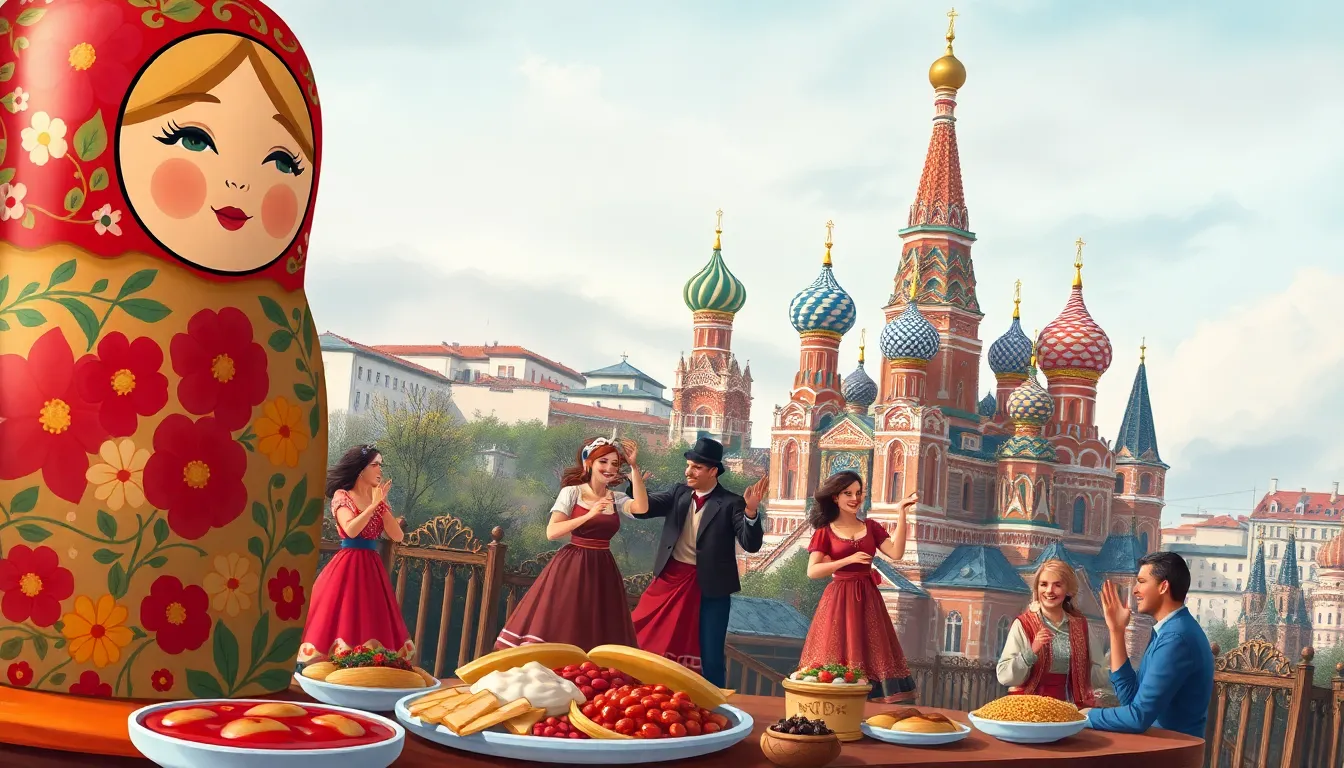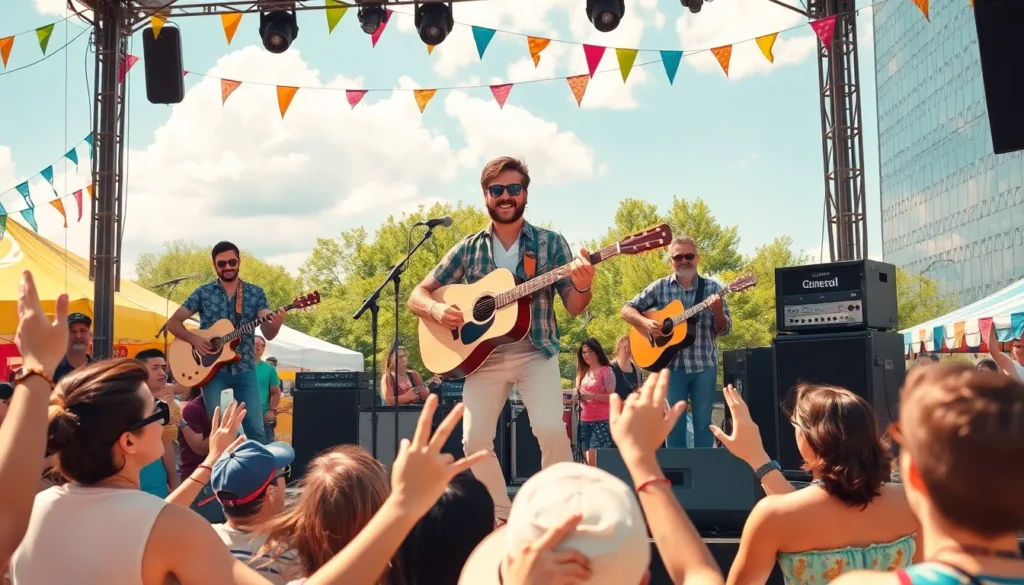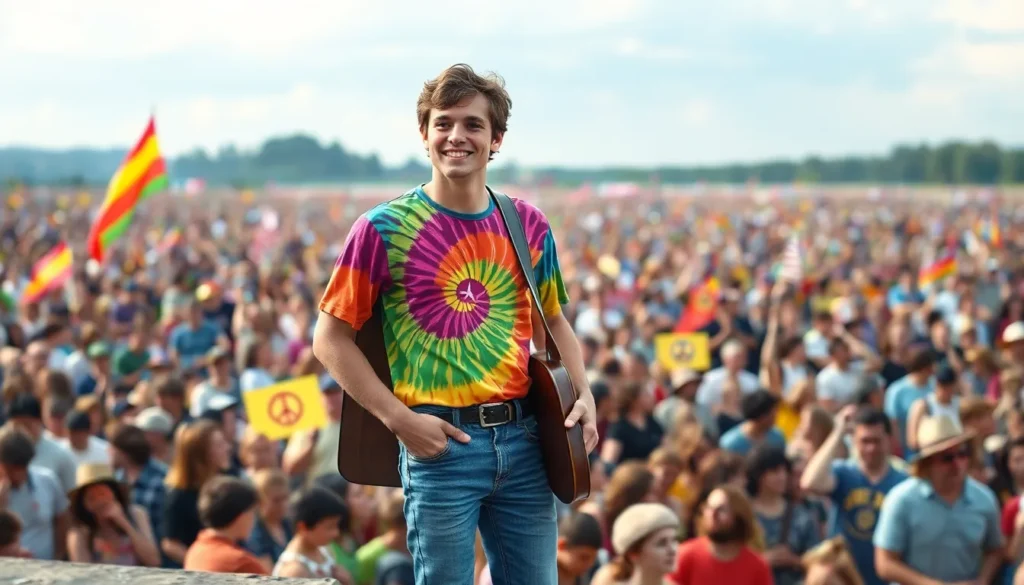From the majestic ballet performances to the hearty embrace of borscht, Russian culture is a vibrant tapestry woven with history, tradition, and a dash of vodka. It’s a land where literature breathes life into the soul, and art makes the heart skip a beat. Whether it’s Tolstoy’s epic novels or the colorful matryoshka dolls, every corner of Russia tells a story that’s just waiting to be uncovered.
Table of Contents
ToggleOverview of the Culture of Russia
Russian culture showcases a vibrant blend of history, tradition, and innovation. It possesses deep roots in literature, art, and performance, formulating a unique identity that reflects its vast diversity. Ballet remains a vital component, recognized globally for excellence and artistry. Renowned institutions like the Bolshoi Theatre highlight this artistic commitment.
Literature stands as another cornerstone of Russian culture, featuring celebrated authors such as Leo Tolstoy and Fyodor Dostoevsky. Their works explore profound themes, influencing international literary movements and reflecting the complexities of the human experience. Iconic novels, including “War and Peace” and “Crime and Punishment,” continue to resonate with readers worldwide.
Art is not limited to visual mediums; it also includes traditional crafts and contemporary expressions. Matryoshka dolls exemplify Russian craftsmanship, symbolizing family and unity. Contemporary artists contribute to a dynamic scene, infusing traditional themes with modern perspectives.
Music also enriches the cultural landscape, ranging from folk traditions to classical masterpieces. Composers like Pyotr Ilyich Tchaikovsky and Sergei Rachmaninoff produced works that remain staples in concert halls globally. Folk music, characterized by unique instruments and rhythms, offers an intimate glimpse into local heritage.
Religion plays a significant role, with the Russian Orthodox Church influencing art, literature, and community life. Traditional festivals, marked by colorful celebrations, showcase regional customs and foster a sense of belonging. Overall, Russia’s culture is a tapestry of diverse elements, each contributing to its rich societal narrative.
Historical Influences on Russian Culture

Russian culture is deeply shaped by its historical experiences. Two significant influences include ancient traditions and the impact of the Soviet era.
Ancient Traditions
Ancient traditions form the foundation of Russian culture. Folk rituals, crafts, and music trace back to pre-Christian times. Celebrations like Maslenitsa reflect agricultural cycles and community spirit. Folklore encapsulates moral lessons and cultural values, passed down through generations. Religious influences, particularly from the Orthodox Church, molded art and community practices. Traditional crafts, such as weaving and pottery, highlight regional diversity. Additionally, dances and songs showcase the communal aspects found in rural life. This rich tapestry of ancient practices continues to influence contemporary Russian culture today.
The Impact of Soviet Era
The Soviet era significantly reshaped Russian culture. Government policies promoted the arts and literature as tools for ideological education. This period saw the emergence of socialist realism, emphasizing themes of optimism and social progress. Prominent authors, such as Mikhail Bulgakov and Anna Akhmatova, navigated censorship while producing critical works. Additionally, state-sponsored art forms, including theater and film, flourished under the regime. The korobochka matryoshka doll symbolizes this era’s focus on traditional craft while integrating modern elements. Cultural institutions underwent transformation, reflecting the state’s control and vision. Ultimately, the Soviet era left a lasting imprint on Russia’s cultural identity.
Language and Literature
Russian language boasts rich diversity, with over 150 dialects spoken across different regions. The official language, Russian, is written using the Cyrillic alphabet. Regional dialects, such as Tatar and Chechen, add to the linguistic variety, reflecting Russia’s ethnic plurality. Each dialect carries unique features and vocabulary, making regional communication distinct.
Russian Language and Dialects
Russian language holds a central place in the nation’s identity, characterized by its complex grammar and rich vocabulary. Varieties arise from geographical distinctions and cultural influences, ensuring a unique form of expression in each region. Many people, for instance, communicate in local dialects influenced by indigenous languages, enhancing the linguistic tapestry. Significant cities, such as Moscow and St. Petersburg, showcase linguistic variations, contributing to a vibrant communication landscape. The use of dialects illustrates cultural preservation, spotlighting regional identities across the vast territory.
Renowned Russian Authors
Renowned Russian authors have profoundly shaped world literature, with their works exploring the depths of human experience. Leo Tolstoy, known for “War and Peace,” delves into themes of morality, war, and love, influencing generations of writers. Fyodor Dostoevsky, famed for “Crime and Punishment,” examines psychological complexity and existential dilemmas, leaving an indelible mark on literature. Other notable figures, including Anton Chekhov and Boris Pasternak, contributed to the richness of literary expression through short stories and poetry. While their styles vary, common themes of suffering, hope, and resilience connect their works, reflecting the human condition amid societal challenges. Thus, their legacies continue to inspire readers and writers globally, transcending cultural boundaries.
Art and Music
Art and music represent crucial elements of Russian culture, showcasing the nation’s rich history and diverse traditions.
Traditional Russian Art Forms
Traditional Russian art forms include intricate crafts and folk art, reflecting the country’s heritage. Matryoshka dolls illustrate this creativity through their layered designs and symbolism. Icon painting forms another significant aspect, conveying religious themes with vibrant colors and detailed imagery. Folk crafts, such as embroidery and ceramics, highlight regional characteristics while embodying communal artistry. These art forms connect contemporary audiences with historical narratives, preserving cultural identity and fostering appreciation.
Classical and Contemporary Music
Classical music in Russia boasts global recognition, with composers like Tchaikovsky, Rachmaninoff, and Stravinsky producing timeless masterpieces. The Bolshoi Theatre and Mariinsky Theatre host performances that showcase ballet and opera, emphasizing Russia’s theatrical legacy. Folk music, however, resonates through diverse regional styles, often featuring traditional instruments like the balalaika and bayan. Contemporary musicians contribute to this vibrant scene, blending classical elements with modern genres. This fusion of styles highlights the evolving nature of Russian music, appealing to both traditionalists and new generations.
Cuisine and Culinary Traditions
Russian cuisine reflects the country’s rich cultural and historical tapestry. The culinary landscape includes an array of flavors and techniques inspired by diverse regions.
Iconic Dishes of Russia
Borscht stands out as a famous beet soup. This vibrant dish often features vegetables like cabbage and potatoes, supplemented with sour cream. Pelmeni, a type of dumpling, showcases meat fillings wrapped in unleavened dough. Kasha, made from various grains, offers a hearty side dish that accompanies many meals. Blini, thin pancakes, serve as a versatile option, often enjoyed with sweet or savory toppings. Pelmeni and blini represent the essence of family gatherings and celebrations.
Influence of Geography on Cuisine
Geographical features significantly shape Russian cuisine. The vast land spans from Europe to Asia, resulting in varied ingredients and cooking methods. Northern regions emphasize preservation techniques like pickling and curing, influenced by harsh climates. In contrast, southern areas, with fertile soil, cultivate an abundance of fruits and vegetables. Siberian food traditions highlight wild game and foraged foods, reflecting the wilderness surrounding communities. Coastal accesses offer seafood, introducing a different flavor profile to local dishes. Each geographical area enriches Russian culinary traditions, creating a diverse and flavorful cuisine.
Festivals and Celebrations
Russian festivals and celebrations reveal the country’s rich traditions and diverse culture, blending historical significance with community spirit.
Major National Holidays
Celebrations like New Year’s, Victory Day, and Russia Day stand out as major national holidays. New Year’s Eve, marked by family gatherings and festive meals, welcomes the new year with joy. Victory Day, observed on May 9, commemorates the Soviet Union’s triumph over Nazi Germany, featuring parades and fireworks across cities. Russia Day, celebrated on June 12, emphasizes national pride and unity, with various events highlighting the country’s achievements. Each of these holidays showcases unique customs, foods, and events that reflect the collective memory and aspirations of the Russian people.
Local Festivals and Traditions
Local festivals across Russia illustrate the regional diversity and traditions of various communities. Events like Maslenitsa welcome the arrival of spring with pancakes, folk music, and outdoor activities. Siberian festivals celebrate nature and the bounty of local resources, including traditional hunting and fishing practices. In the Volga region, unique crafts and folk art come to life during summer fairs, showcasing artisans and their skills. These local traditions foster a sense of identity and community, connecting people to their heritage through dance, music, and shared celebrations.
Conclusion
Russian culture stands as a vibrant tapestry woven from its rich history and diverse traditions. Each element from ballet to literature and cuisine tells a story that reflects the nation’s unique identity. The enduring legacies of celebrated authors and artists continue to inspire and shape cultural dialogues worldwide.
Festivals and culinary traditions further enrich this cultural landscape, emphasizing community and heritage. As Russia evolves, its culture adapts while remaining deeply rooted in its historical influences. This dynamic interplay between tradition and modernity ensures that Russian culture remains a captivating subject for exploration and appreciation.










